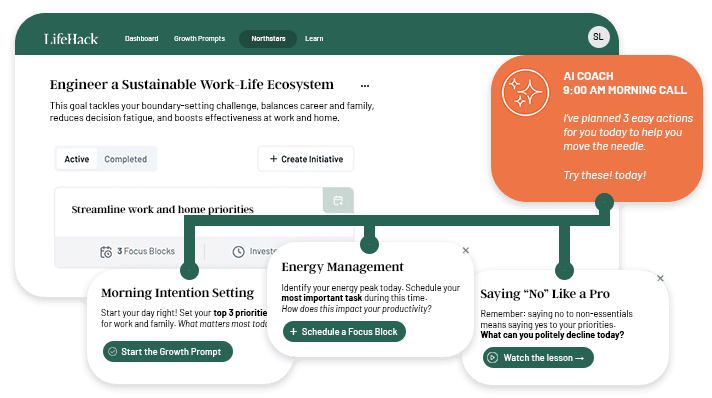Today’s consumers are in a frenzy over the rising costs of almost every necessity: groceries, gas, child care, insurance premiums, and so many others that there’s not enough paper to list them all if we tried. An additional cost to watch out for – one that many of us may have overlooked – is banking fees. Without you even noticing, your bank account may be hit with hefty monthly checking or savings account fees, ATM fees, overdraft protection fees, or the most embarrassing of all: bounced-check fees. This list will open your eyes to 10 easy ways that you can save on banking fees and securely (re)build your bank account.
1. Bank online.
Most banks give their members the option to receive any bank updates or notifications online, allowing you to stop bank statements from being mailed to your home. Not only will this save paper, but it will protect your confidentiality. Your bank may even “have an app for that!”
2. Exclusively use your bank’s ATM.
Doing so will reduce ATM usage fees that normally start at $2.00 per transaction when using machines not approved by your bank. If your bank doesn’t have an ATM inside the building, ask them for a list of machines that you can use for free.
3. Pay bills online.
Almost every creditor or company requesting payment from you has an e-commerce site that will allow you to pay online or by telephone. While some may charge a small fee for this convenient service, most do not, which will save you money and time in the long run.
4. Eliminate overdraft protection.
Overdraft protection sounds like a good idea until a minimum $30.00 fee hits your account per transaction! Eliminate this option from your plan and only spend the money you have, when you have it.
5. Change your spending habits.
Experts and TV shows like Extreme Couponing and Till Debt Do Us Part teach us dozens of ways to alter our spending habits and save money. This means no more frivolous spending or mindless shopping “just because.” While it may be a tough transition in the beginning, adjusting the way you spend money will teach you the discipline you need to create a sizable nest egg for years to come.
6. Request temporary removal of any banking fees or reduction of interest rates.
You’d be surprised at how many fees you can get removed from your bank account by simply asking for it to be done! Explain to your bank that you’ll be cleaning up your spending habits, and request that they hold off any fees or reduce large interest rates for a period of time.
7. Control automatic payments.
While automatic payments from your account are convenient, they can pose a problem if your funds are unexpectedly low. It is wise to constantly monitor your account to ensure that there are enough funds to cover your expenses. If there aren’t, however, you should cancel automatic payments until you’re ready for them.
8. Use cash whenever possible.
Using cash keeps you mindful of your bank-account balance, and ensures that you won’t overspend on frivolous things and become unable to pay your bills.
9. Pay for trips and big-ticket items in advance.
Paying for trips, rent, or things that would otherwise warrant a payment plan up front will reduce the chance of overdraft fees being piled onto your account.
10. Allocate funds for specific needs.
Similar to checking and savings accounts, creating sub-accounts (or using the envelope method) may help you save on banking fees. List your monthly expenses, and set aside funds for the next month to cover each need. Not only could this help you pay bills in advance, but it will also reduce any potential fees that may occur.
Ready for a Goal Breakthrough? Unlock Your Personalized Strategy

Experience the power of a strategy tailored just for you.
Our personalized system provides:
- Custom-crafted action steps based on your unique situation
- Insights tailored to your specific challenges and strengths
- A personalized roadmap to turn your goals into reality
Tailored recommendations powered by smart analysis















































